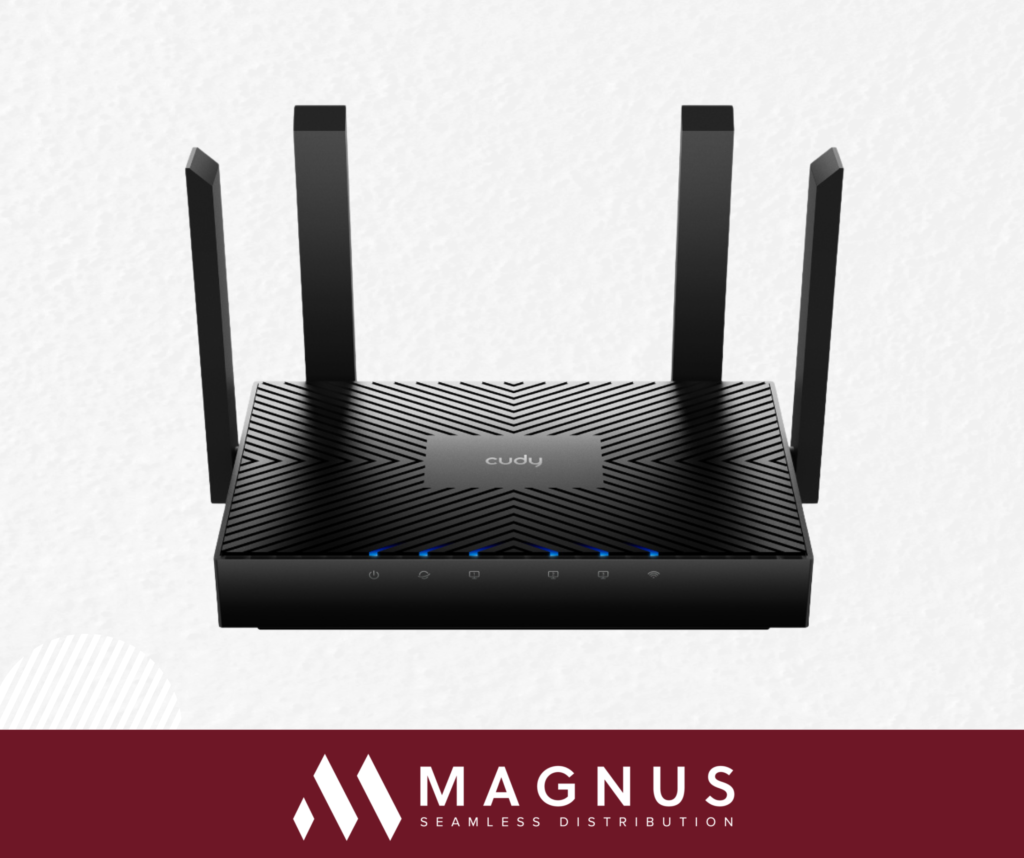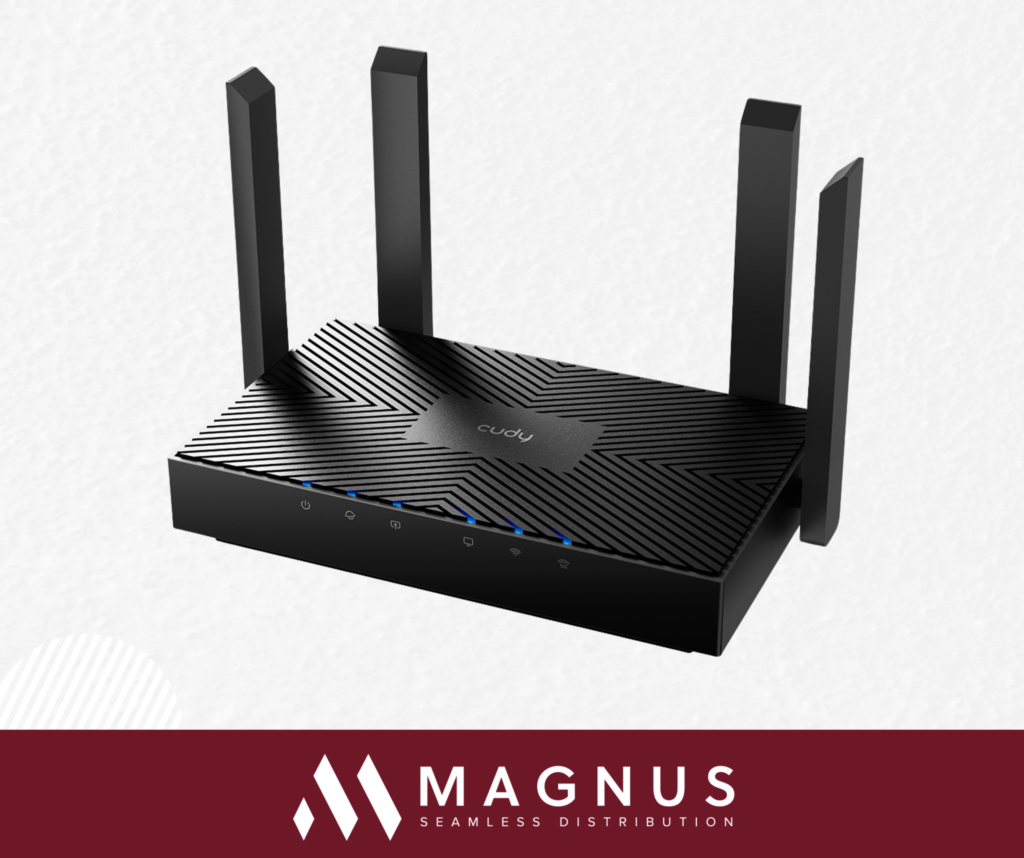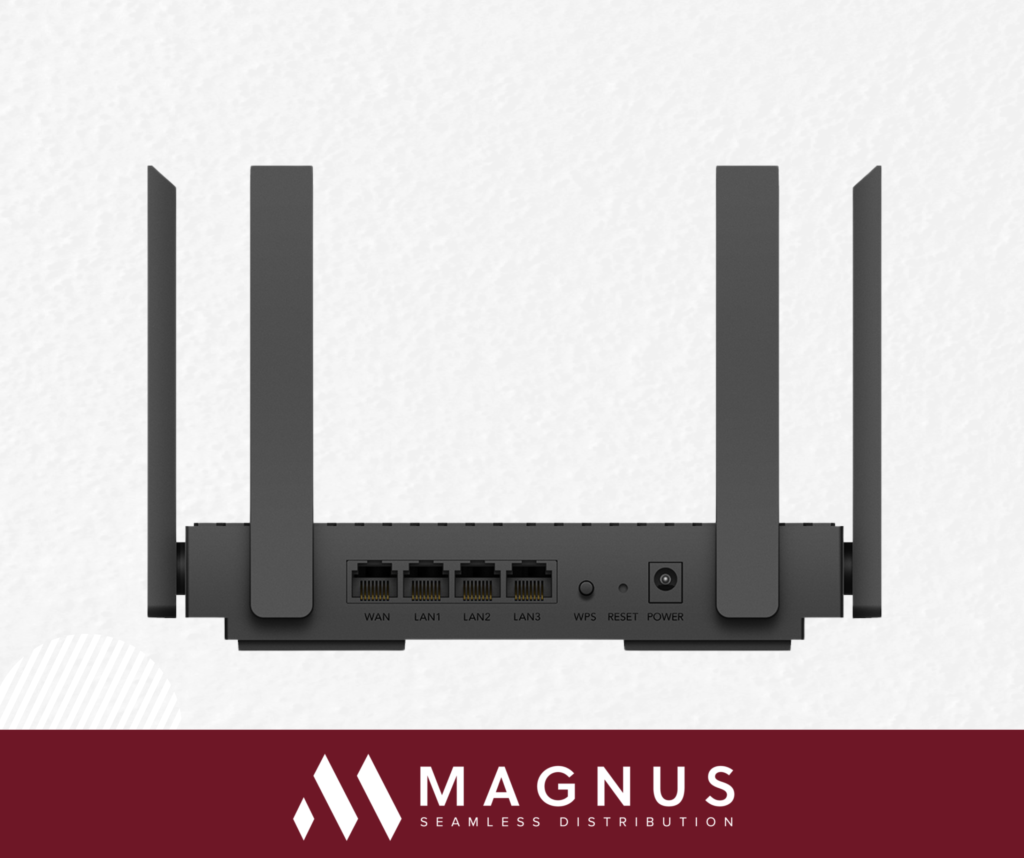
Apr 01 2024
/
Edge router



Edge router are key in networking hardware, essential for IT, network administration, or tech enthusiasts. This guide covers their vital functions and importance in today’s networks. It delves into the purpose and advantages of edge routers, offering IT pros and tech enthusiasts insights into their role in managing data at network edges, and ensuring efficient and secure data flow. Discover all about edge routers and their role in modern networking strategies.
An edge router is a specialized network router used at the “edge” of a network. It’s the first line of defense, handling data moving between your internal network and the outside world—the internet. This strategic placement at the edge makes the router pivotal in governing network flow and security. However, its duties go beyond mere traffic directing; it’s a gateway to powerful network capabilities essential for businesses and large-scale operations.
Why the “Edge”?
The edge is where your local area network (LAN) – your corporate or home network – connects to the broader networks, such as the Internet or a wide area network (WAN). Given its proximity to these public networks and the fact that it’s the gatekeeper of sorts, the term ‘edge’ is emblematic of its role as the first point of contact.
Core Functions
An edge router is charged with several core functions:
- Routing: At its core, an edge router is a router. It directs data packets, making split-second decisions on the best path for those transmissions.
- Security: Acting as a firewall, the edge router implements security protocols to monitor and control the data traffic, protecting the network against unauthorized access and malware.
- Network Address Translation (NAT): NAT enables multiple devices in the LAN to share a single public IP address, which is crucial in the face of IPv4 address exhaustion.
- Performance Optimization: With Quality of Service (QoS) features, edge routers prioritize time-sensitive data, ensuring that critical applications like voice and video communications get bandwidth precedence.
- Load Balancing: Advanced edge routers can balance network traffic across multiple WAN connections to ensure optimal performance and reliability.
Choosing the Right Edge Router
Selecting the right edge router for your network is a critical decision that impacts performance, scalability, and security. It requires a careful consideration of various factors, including:
Throughput and Performance
High-speed connections demand routers capable of handling significant throughput. Enterprises often require edge routers supporting gigabit or multi-gigabit speeds to ensure that the device does not become a bottleneck in the network.
Interface Flexibility
The variety of interfaces supported by the router is equally important. These include WAN interfaces like T1, T3, or Ethernet, as well as LAN interfaces for connecting internal systems.
Security Considerations
Edge router security features have never been more crucial. Look for routers with robust firewalls, support for the latest encryption standards, and integrated intrusion protection systems.
Scalability
Your network’s growth should be accommodated without requiring a complete overhaul of your router infrastructure. Scalable edge routers allow for the addition of more interfaces and support for more sessions without compromising performance.
Management and Reporting
A good edge router should be easily managed and provide comprehensive reporting tools to track network traffic, performance, and security incidents.
Edge Router in SD-WAN
With the rise of SD-WAN, edge routers’ importance has grown. They now perform application-aware networking, prioritizing traffic based on business priorities and policies. They intelligently handle various connections like MPLS, broadband, and 4G/LTE, making smart choices at the network’s edge.
Edge Router vs Switch
Those new to networking might wonder about the difference between edge routers and switches. Switches connect devices within a LAN and direct data to specific devices. Edge routers, however, manage data flow between different networks or segments, focusing on broader network communication.
The Future of Edge Routers
Looking ahead, edge routers are on track to become more powerful and smarter. With the rise of the Internet of Things (IoT) and 5G, we’ll see a massive increase in connected devices and data volume. Edge routers will be key in handling and securing this influx, ensuring data is efficiently routed.
Conclusion
For those in network architecture, grasping edge routers’ importance is crucial. They are essential for network functionality, connecting your private LAN to the internet. With the right edge router, businesses can achieve strong performance, enhanced security, and the flexibility to meet digital demands. As our reliance on technology grows, so does the significance of the edge router, marking it as a vital field of study.
Frequently Asked Questions
How does an edge router differ from a traditional router?
An edge router connects different networks, like a LAN and the internet, handling high data traffic efficiently, making it ideal for business use. Traditional routers are typically for less intensive, home use.
Can edge routers improve internet speed?
Edge routers optimize data flow across networks, leading to smoother, faster connections in high-traffic or device-heavy environments, rather than directly increasing internet speed.
Do small businesses need edge routers?
Small businesses may benefit from an edge router for enhanced network security and efficiency, depending on their number of devices and data volume.
How do edge routers enhance network security?
Edge routers improve security by filtering traffic, blocking unauthorized access, and preventing threats with features like firewalls and intrusion detection systems.
What to consider when choosing an edge router?
Consider your network size, data volume, security needs, compatibility with current systems, and future growth. Also, check the manufacturer’s technical support and warranty.
